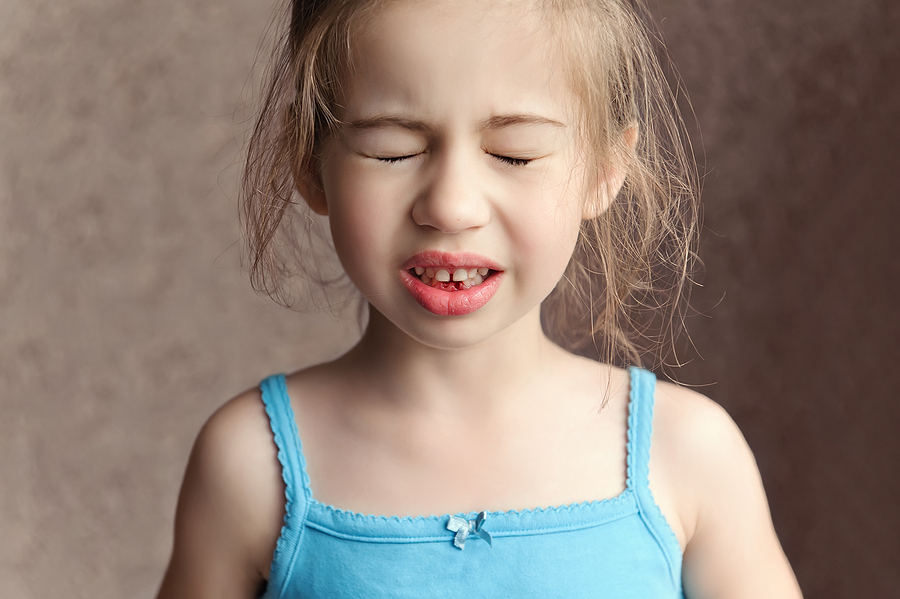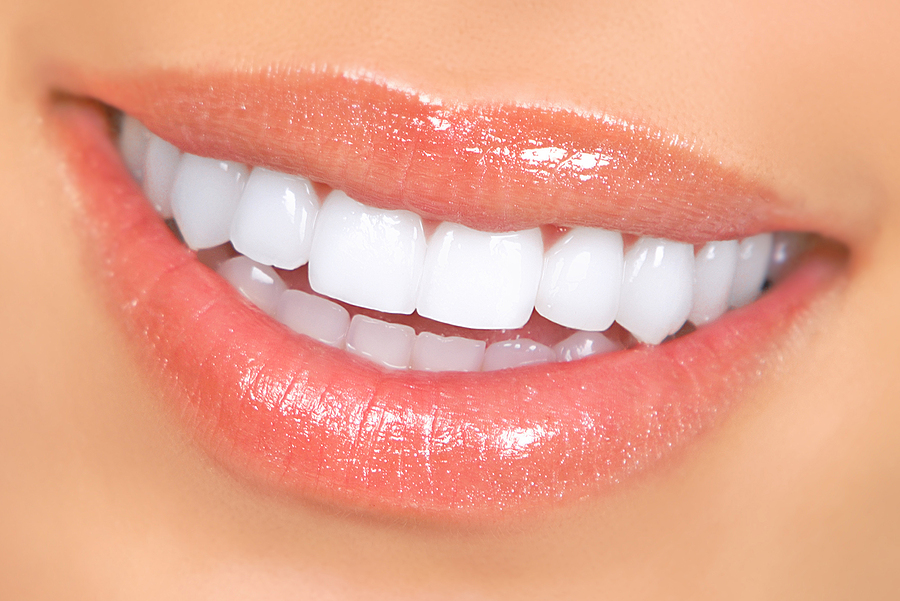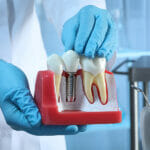The leading cause of gum sensitivity is gum disease. Periodontal disease or gum disease can destroy gums and the supporting structures surrounding teeth. In children, the long-term complications are dire. Therefore, identifying the problem early and getting a solution is essential. Here are few ways you can tell if your child has sensitive gums.
Red and swollen gums
Sensitive gums go through physical changes that become apparent early in the disease. For most children, the gums become red and swollen. These are signs of inflammation.
As gums become sensitive, blood circulation increases to draw more defensive blood cells to the area. As a result, the tissue becomes red. The accumulation of blood cells in the area and increase in blood circulation also cause swelling.
Soreness
Soreness is one of the giving signs of gum sensitivity. It’s a cardinal symptom of inflammation in the oral cavity, and children will particularly have soreness after taking food or brushing their teeth. In severe cases, the soreness can make a child shy away from eating.
However, it’s important to note that pain isn’t common in gum disease. As a result, your child may not know they have gum sensitivity.
Bleeding
Healthy gums don’t bleed unprovoked. Even after brushing and flossing, bleeding is not a good sign. Sensitive gums bleed a lot, especially after brushing. However, it’s crucial to ensure the toothbrush is not worn out before concluding it’s gum disease
You may also notice bleeding gums after your child eats. This is common after taking meals with dry or crunchy foods.
Receding gums
One of the most apparent signs of gum sensitivity in children is gum recession. As gum sensitivity ensues, the gum line pulls back to expose more of the tooth. Severe recession may expose the root of the teeth.
Gum recession leaves teeth vulnerable to infection. Pockets with harmful bacteria form around the receding gum line leading to tooth cavities and jaw infection.
Spaced teeth and loose teeth
Gums are central to the stability of teeth. They hold teeth in place, and bear forces exerted on the jaw. In gum disease, the strength of the tissue is compromised. As a result, teeth become loose and spaced.
Loose teeth are vulnerable to physical damage, while spaced teeth leave the gum vulnerable. If the gum disease persists, it’s only a matter of time before teeth start coming out. When this happens, your child will need to get dental implants in roseville to fill the missing teeth.
Change in dentition
Unfortunately, sensitive gums can lead to poor dentition. Although the progression is not fast, poor dentition is a common complication in untreated gum disease.
The bite and jaw alignment are compromised since the gum tissue that holds teeth in place is diseased. Although poor dentition is fixable, it’s a long, costly process. Therefore, you are better off catching gum disease early and preventing complications.
Bad breath
Halitosis or bad breath is common in gum disease. Gum sensitivity causes the accumulation of plaque on teeth. Subsequently, bacteria invade pockets within the gum line and cause the release of toxins. As a result, bad breath develops.
Unfortunately, the bad breath doesn’t go away. Brushing your child’s teeth and using mouthwash may cause quick relief, but gum disease is ultimately the culprit.
Pus
One of the signs of severe gum disease is pus. Pus is a product of infection and inflammation. It’s a late sign in gum sensitivity that develops after a long period of neglect. Presence of pus warrants immediate attention by the periodontist or pediatric dentist.
If you suspect your child has gum sensitivity, contact your dentist in Maroubra. Better to be safe than sorry.
Image Source; BigStockPhoto.com (Licensed)
Related Categories: Health, Reviews








